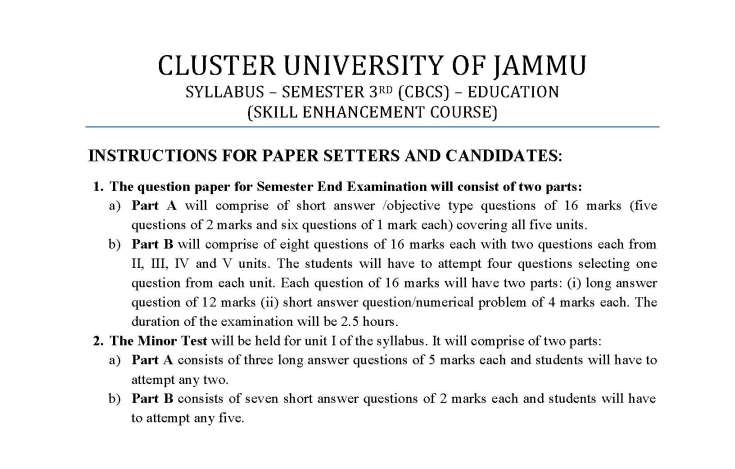

- #University of cincinnati data analysis methods how to
- #University of cincinnati data analysis methods plus
#University of cincinnati data analysis methods plus
The default distance computed is the Euclidean however, get_dist also supports distanced described in equations 2-5 above plus others.

Where, x and y are two vectors of length n. The classical methods for distance measures are Euclidean and Manhattan distances, which are defined as follow: It defines how the similarity of two elements (x, y) is calculated and it will influence the shape of the clusters. The choice of distance measures is a critical step in clustering. There are many methods to calculate this distance information the choice of distance measures is a critical step in clustering.


The result of this computation is known as a dissimilarity or distance matrix. The classification of observations into groups requires some methods for computing the distance or the (dis)similarity between each pair of observations. Determining Optimal Clusters: Identifying the right number of clusters to group your data.K-Means Clustering: Calculations and methods for creating K subgroups of the data.
#University of cincinnati data analysis methods how to
Clustering Distance Measures: Understanding how to measure differences in observations.Data Preparation: Preparing our data for cluster analysis.Replication Requirements: What you’ll need to reproduce the analysis in this tutorial.This tutorial serves as an introduction to the k-means clustering method. K-means clustering is the simplest and the most commonly used clustering method for splitting a dataset into a set of k groups. Clustering allows us to identify which observations are alike, and potentially categorize them therein. Because there isn’t a response variable, this is an unsupervised method, which implies that it seeks to find relationships between the observations without being trained by a response variable. When we cluster observations, we want observations in the same group to be similar and observations in different groups to be dissimilar. Clustering is a broad set of techniques for finding subgroups of observations within a data set.


 0 kommentar(er)
0 kommentar(er)
